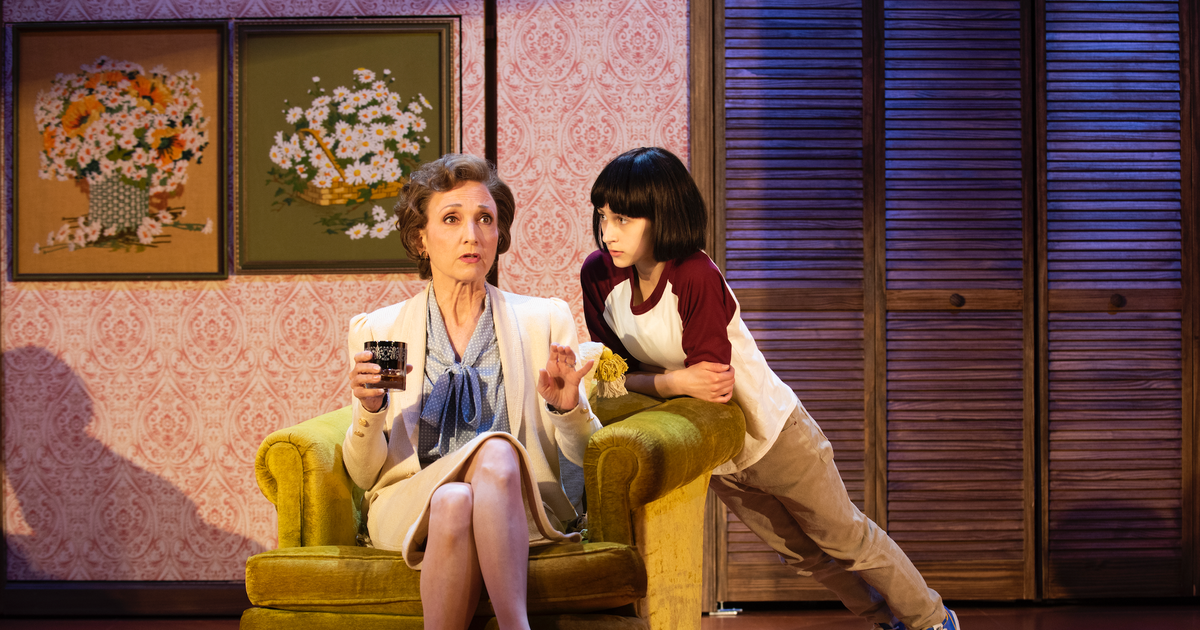At the confluence of the Loire and La Sange rivers stands an imposing castle surrounded by the reflective waters of a protective moat. Over the centuries, this castle has welcomed many illustrious guests; however, not all of them came willingly. Is this castle in the heart of France a prison, a hiding place or a refuge? History reveals that these are the three.

The construction of the original keep of the castle of Sully-sur-Loire began in 1395. Designed by Raymond du Temple, the king’s architect, for Guy de la Trémoïlle, Lord of Sully, this fortified castle was built to prevent enemies to invade at one of the few places in the Loire that was shallow enough to be forded. The residence was built several decades later. During the following centuries, the castle of Sully-sur-Loire will undergo both destruction and reconstruction as it survived medieval attacks, various fires and floods and damage during World War II.

Although its owners are remarkable, it is the famous visitors who steal the show. In 1429, Georges de la Trémoïlle, the son of Guy de la Trémoïlle, welcomed Charles VII and Joan of Arc as they went to the battles of Meung-sur-Loire and Beaugency, south-west of Orleans. The following year, Joan of Arc returns to find Charles VII. However, Georges was concerned (or perhaps jealous?) About her influence over King Charles and she was held against her will at the Chateau de Sully-sur-Loire. Eager to continue her fight for the liberation of France, she escapes from her prison and is subsequently captured by Burgundian lords. If Jeanne had enjoyed her castle-prison a little longer, the Maid of Orleans might have known a less fiery fate.
Fast forward 200 years: Maximilien de Béthune became the first Duke of Sully in 1606. Among other titles, he was Minister of Finance to King Henry IV. As Maximilian carried on the tradition of more renovations to strengthen the castle’s defense, he also hosted a trio of celebrities. In 1652, during the civil wars known as La Fronde, the Queen Regent, Anne of Austria, along with her young son Louis XIV and Cardinal Mazarin, escaped to the castle of Sully-sur-Loire for protection. He is said to be the queen’s lover, Mazarin may be looking for more in the castle than a refuge for the young king. If only those carpeted walls could talk!
Towards the end of the 17th century, young members of high society began to prefer the lax etiquette of Paris to the formality of Versailles. It was in Paris, where the circle of free thinkers met at the Palais du Temple, that the current owner of the castle of Sully-sur-Loire and 5th Duke of Sully, Maximilien-Henri de Béthune, met the philosopher and writer François-Marie. Arouet, says Voltaire. In 1716, after having published an insulting pamphlet Philippe d’Orléans, the regent of the young future king Louis XV, Voltaire was banished from Paris; Maximilien-Henri invites him to wait for his exile at the castle of Sully-sur-Loire. This country chateau provided the perfect retreat for Voltaire, providing him with space for his continuing writing career as well as the diversion of having his plays performed here by other guests. Although Voltaire returned to Paris at the end of his exile, he visited the castle again in 1719, this time of his own free will. Maybe Sully-sur-Loire gave him the perfect respite from all the hustle and bustle of Paris. A few years later, after being taunted by an aristocrat about his pseudonym, Voltaire retorted that if his name would be admired, his enemy would “defile” his own name.
The castle of Sully-sur-Loire has survived despite wars, floods and fires. It was built and rebuilt, renovated and refurbished. Yet it remains today, outliving its many illustrious inhabitants and famous visitors. Perhaps it is indeed a wonderful refuge and respite for all, in the heart of France, where “defilement†is just one more word to say that we were indeed spoiled by our visit.
Want to visit Château de Sully-sur-Loire? This picturesque castle with its fairy-tale towers is located less than two hours south of Paris in the Loiret department in the Center-Val del Loire region. Located just off the D948 motorway, the castle offers free parking and access to the town that bears its name. The intriguing story of notable owners and guests makes for an interesting visit to where some patrons reluctantly came, while others were too willing to stay. For me, it was definitely the latter!
Do you prefer to travel in a wheelchair? Discover the virtual tour on https://www.chateausully.fr/en/virtual.
For more information on visitors, visit https://www.chateausully.fr/
 Zoo Book Sales
Zoo Book Sales



